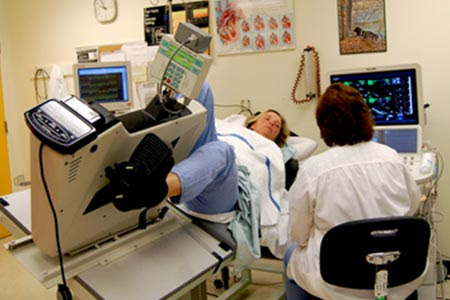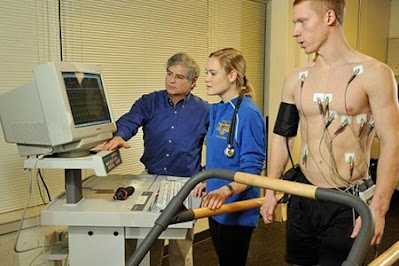Angioplasty: Types, Procedure Details and Cost
Angioplasty
is a minimally invasive procedure used to widen blocked or narrowed arteries.
It involves temporarily inserting and inflating a tiny balloon where your
artery is clogged to help improve blood flow. Angioplasty with stenting is a
similar procedure that also involves placing a small wire mesh tube called a
stent at the site of the blockage to help keep your artery open.
Angioplasty
is often used to treat coronary artery disease, which occurs when plaque builds
up on the walls of the arteries that supply blood to your heart. Plaque is made
up of fat, cholesterol, calcium and other substances found in the blood. When
plaque accumulates, it hardens and narrows the arteries, which can reduce or
block blood flow to the heart. This can lead to chest pain (angina), shortness
of breath, heart attack and other problems.
Angioplasty is also used to treat other types of artery disease, such as peripheral artery disease (PAD). PAD occurs when plaque buildup narrows the arteries that supply blood to your legs, arms and other organs.
Types of
Angioplasty
There are
two main types of angioplasty both Angioplasty
Cost in Delhi is different: coronary angioplasty and peripheral
angioplasty.
- Coronary
angioplasty is also called percutaneous coronary intervention (PCI). This
type of angioplasty is used to treat coronary artery disease.
- Peripheral
angioplasty is used to treat peripheral artery disease (PAD), which can
occur in the arteries that supply blood to your legs, arms and other
organs.
Angioplasty
Procedure
Angioplasty
is typically performed by a cardiologist, a doctor who specializes in the
treatment of heart conditions. The procedure is usually done on an outpatient
basis, which means you can go home the same day.
Angioplasty
is typically performed using local anesthesia to numb the area where the
catheter will be inserted. You may also be given sedatives to help you relax.
Once you're
numb and relaxed, the doctor will make a small incision in your skin and insert
a long, thin tube called a catheter into an artery, usually in your groin. The
catheter is then threaded through the artery to the site of the blockage. Next,
a small balloon at the tip of the catheter is inflated. This helps widen the
artery and improve blood flow. The balloon is then deflated and removed, and
the catheter is withdrawn.
In some
cases, a small wire mesh tube called a stent may be placed at the site of the
blockage to help keep your artery open. Stents are often used in coronary
angioplasty procedures.
After the
procedure, you'll be closely monitored for any complications. You may need to
stay in the hospital overnight for observation if you have multiple blockages
or if you're at high risk for complications.
Cost
of Angioplasty
The Angioplasty
Cost in Delhi can vary depending on a number of factors, such as the
type of procedure, the extent of your condition and your location. In general,
angioplasty procedures are less expensive than open heart surgery. The average
cost of a coronary angioplasty procedure in the India is about 2 lac- 5 lac.
The average cost of a peripheral angioplasty procedure is about 2 lac. These
costs can vary depending on your insurance coverage. Many insurance plans will
cover at least part of the cost of angioplasty.
.jpg)




Comments
Post a Comment